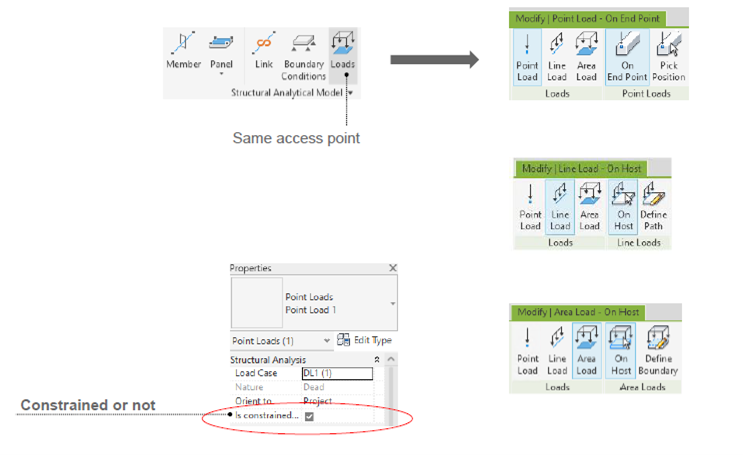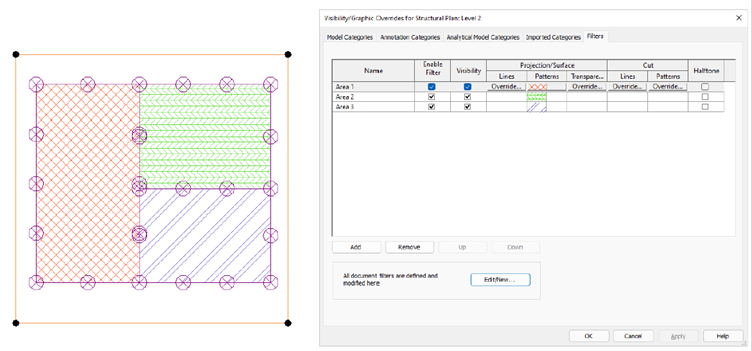Streamlining Autodesk Deployments: How CQi Simplifies the Installation Process
For many organisations, Autodesk software is mission-critical — used daily across design, engineering, and construction teams.

Read this blog post from our Structural Specialist, Alan Johnson, to find out what new enhancements and features are available in Autodesk Revit 2024 specifically for structures.
In this Autodesk Revit 2024 release, once again the structural tools continue to build on the core functionality of reinforced concrete modelling and analytical automation. Let's start by looking at some of the key features and tools relating to structural modelling:
The new Bending Detail feature creates a live bending detail to be added to a schedule. If something in the model changes then the detail will update automatically. The details are customisable and the Schedule rows can be resized to suit.

The Bending Detail feature also allows the bending detail to be placed on a drawing sheet, allowing placement next to the reinforced element if required.

Sometimes when editing a rebar set, you might need to add extra bars. Flip Rebar in Autodesk Revit 2024 will allow you to flip the direction of the extra bars added.

We now have a new ability to align bars vertically or aligned, whilst using the free form rebar tool.

New for Autodesk Revit 2024, we now have the ability to create Curved Analytical Panels by extrusion.

With the 2024 release of Autodesk Revit comes a number of Analytical Load Enhancements for structures including Load Creation, Load Scaling and Boundary Identification.

In Autodesk Revit 2024, loads are always hosted, and now oads can be placed anywhere on their host.

The Load Scaling Display tool in Autodesk Revit 2024 can be used to define generic load scales for better visualisation.

Finally, the Area Load Boundary Identification Tool in Autodesk Revit 2024 can be used for creating loading plans using filters.

To learn more about Revit, please visit our product page or register for our upcoming webinar.
For many organisations, Autodesk software is mission-critical — used daily across design, engineering, and construction teams.
Cybercriminals are always evolving, and so should your defences. This month, we shine a spotlight on three often-overlooked yet critical security concerns that could put your business at risk.
A well-designed archiving solution ensures the long-term integrity, accessibility, and compliance of project information - preserving critical records while mitigating risks. In this blog post, we explore why data archiving is no longer optional, but essential, and introduce ArchiveHub
